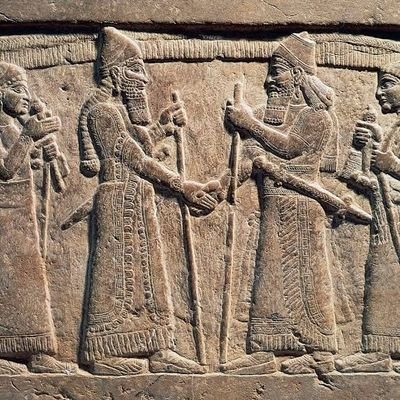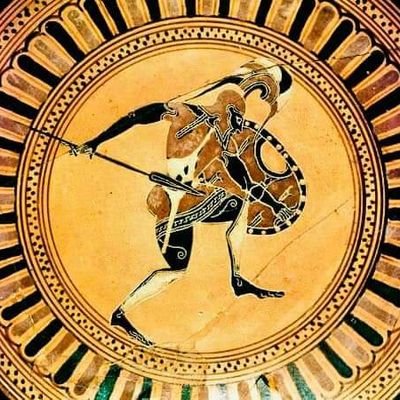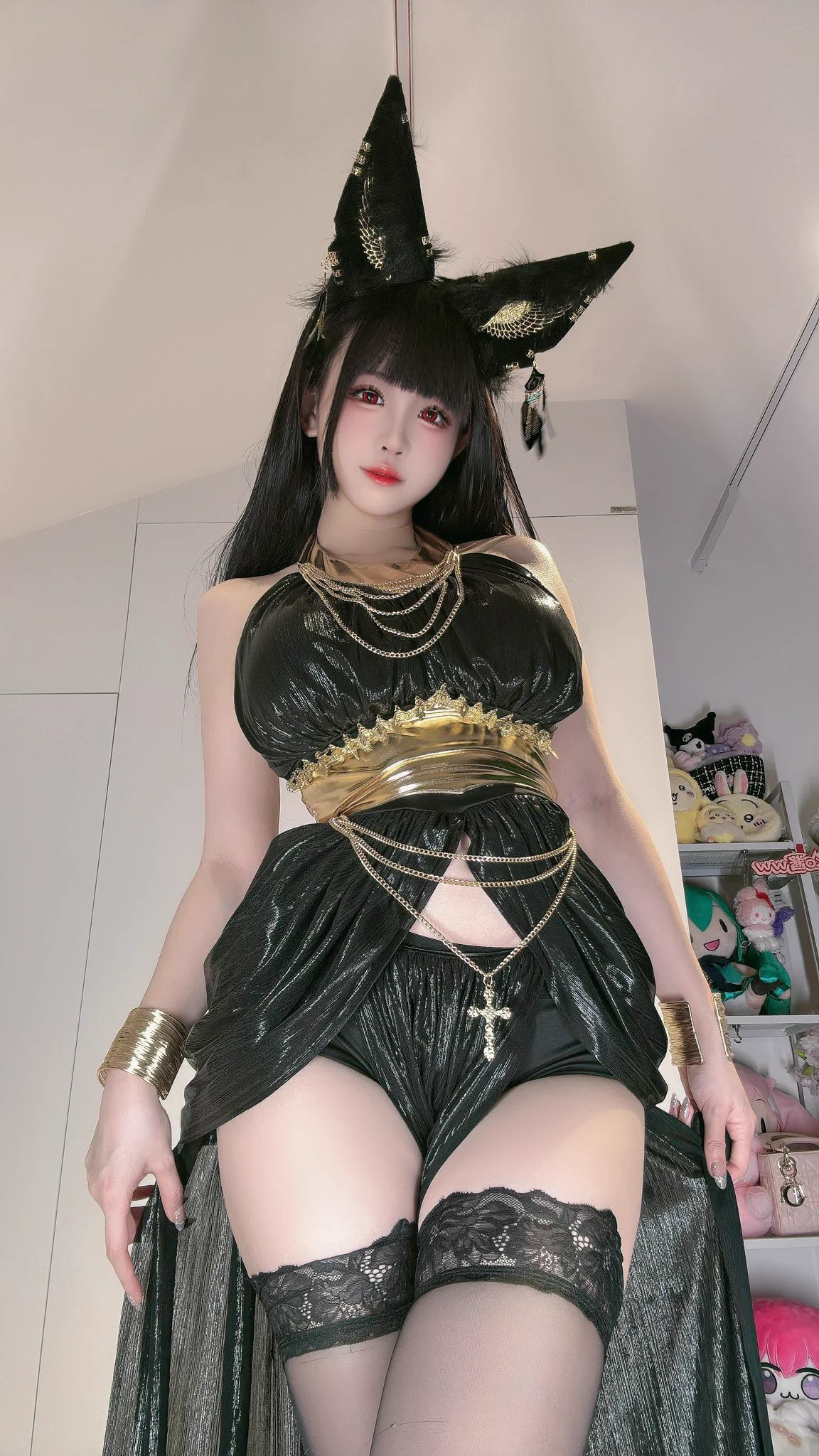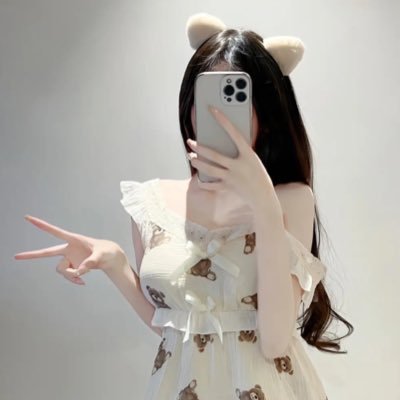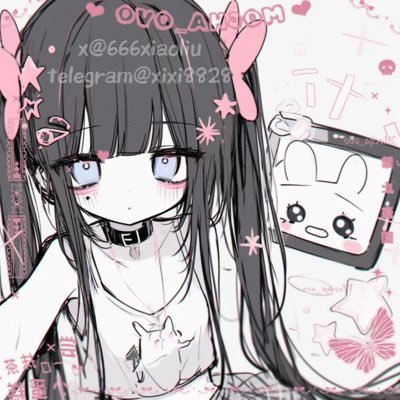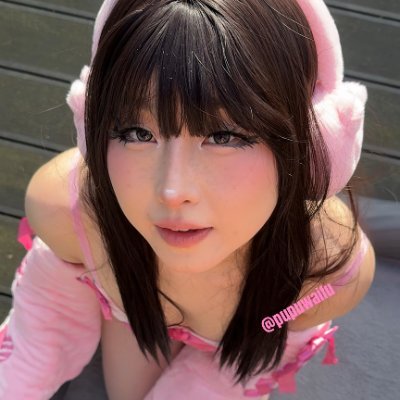Would you spend the night with your Egyptian Queen?

Although music existed in prehistoric Egypt, the evidence for it becomes secure only in the historical (or "dynastic" or "pharaonic") period after 3100 BC. Music formed an important part of Egyptian life, and musicians occupied a variety of positions in Egyptian society. Music found its way into many contexts in Egypt: temples, palaces, workshops, farms, battlefields and the tomb. Music was an integral part of religious worship in ancient Egypt, so it is not surprising that there were gods specifically associated with music, such as Hathor and Bes (both were also associated with dance, fertility and childbirth). All the major categories of musical instruments (percussion, wind, stringed) were represented in pharaonic Egypt. Percussion instruments included hand-held drums, rattles, castanets, bells, and the sistrum, a highly important rattle used in religious worship. Hand clapping too was used as a rhythmic accompaniment. Wind instruments included flutes (double and single, with reeds and without) and trumpets. Stringed instruments included harps, lyres, and lutes-plucked rather than bowed. Instruments were frequently inscribed with the name of the owner and decorated with representations of the goddess (Hathor) or god (Bes) of music. Both male and female voices were also frequently used in Egyptian music. Professional musicians existed on a number of social levels in ancient Egypt. Perhaps the highest status belonged to temple musicians; the office of "musician" (shemayet) to a particular god or goddess was a position of high status frequently held by women. Musicians connected with royal household were held in high esteem, as were certain gifted singers and harp players. Somewhat lower on the social scale were musicians who acted as entertainers for parties and festivals, frequently accompanied by dancers. Informal singing is suggested by scenes of workers in action; captions to many of these pictures have been interpreted as words of songs. Otherwise there is little evidence for the amateur musician in pharaonic Egypt, and it is unlikely that musical achievement was seen as a desirable goal for individuals who were not professionals. Ancient Egyptians have long valued music much in their daily life. Performing musicians and vocalists are frequently seen alongside the tunes they played or sang along to in wall reliefs and paintings found in temples and tombs. In addition to musical instruments, a wide range of items decorated with images of musical sceneries have persisted to this day. There are many statues and statuettes of musicians, and the abundance of textual material enables us to determine the performers’ names, the names of their instruments, their repertoires, and the playing styles they employed. The singer Kahay, who was praised for his lovely voice, was one of the artists whose names were also well-known. The harp was not only the most popular musical instrument in ancient Egypt, but it was also shown as one of the sacrifices made to the gods during rituals and processions. Texts indicate that it was decorated with priceless materials. An ebony, gold, and silver harp belonged to King Ahmose. A step farther was taken by Thutmose III, who ordered “a superb harp made with silver, gold, lapis lazuli, malachite, and every splendid precious stone.” Perhaps the easiest method to create music is to sing, clap your hands, or snap your fingers. However, a range of musical instruments, including idiophones and membraphones, as well as wind and stringed instruments, were already in use throughout the ancient Egypt. All of instruments used in ancient Egypt are being used today. There were wind instruments such the shepherd’s pipe, double-pipe, clarinet, flute, oboe, and trumpet, as well as percussion instruments including drums, the sistrum, rattles, tambourines, and later, bells and cymbals. Similar to today, musicians performed them individually or in an ensemble. 🎥© TikTok #archaeohistories#
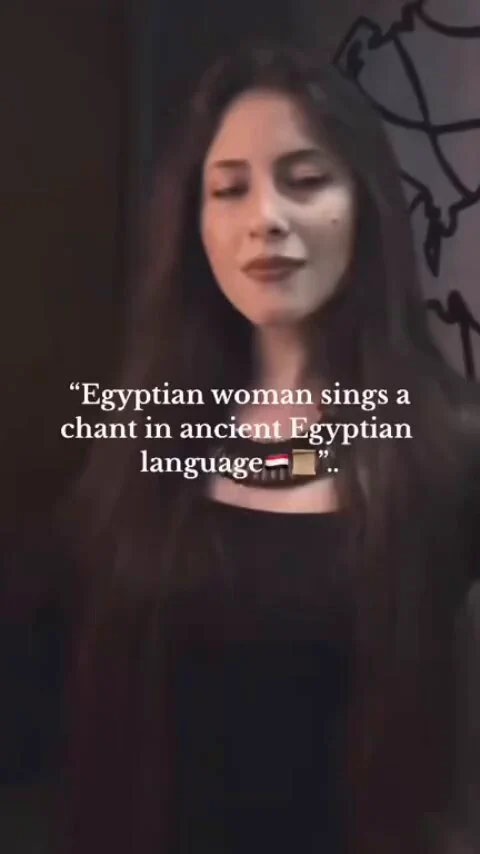
The entrance to the Great Pyramid of Giza, also known as the Pyramid of Khufu or Cheops, is one of the most iconic features of this ancient structure... The Great Pyramid of Giza stands as a testament to the architectural brilliance and engineering skills of ancient Egypt. Constructed during the reign of Pharaoh Khufu around 2560 BC, this magnificent structure is the largest of the three pyramids on the Giza Plateau and one of the Seven Wonders of the Ancient World. Rising to an original height of nearly 147m, its construction involved the labor of thousands of workers over a span of about 20 years. Composed of an estimated 2.3 million blocks of limestone and granite, its precise alignment and complex internal passageways have intrigued historians and archaeologists for centuries. The Great Pyramid continues to captivate the imagination of people around the world, symbolizing the rich history and enduring legacy of ancient Egyptian civilization. The original entrance was located on the northern face of the pyramid, approximately 17m above the base. This entrance was designed as a narrow passage leading into the internal corridors and chambers of the pyramid. It is believed to have been carefully sealed after the pyramid's completion to protect the burial chamber and its treasures. In modern times, visitors do not use the original entrance. Instead, they access the pyramid through what is known as the Robbers' Tunnel, an alternate passageway created around 9th Century AD, during an attempt to uncover its secrets. This tunnel bypasses much of the original design and provides entry to the Grand Gallery and the King's Chamber. The original entrance and its placement were part of the precise architectural planning that has amazed historians and archaeologists for centuries. The Great Pyramid's design, including its intricate internal passages, remains a subject of wonder, symbolizing the incredible ingenuity of ancient Egyptian engineering. #archaeohistories#
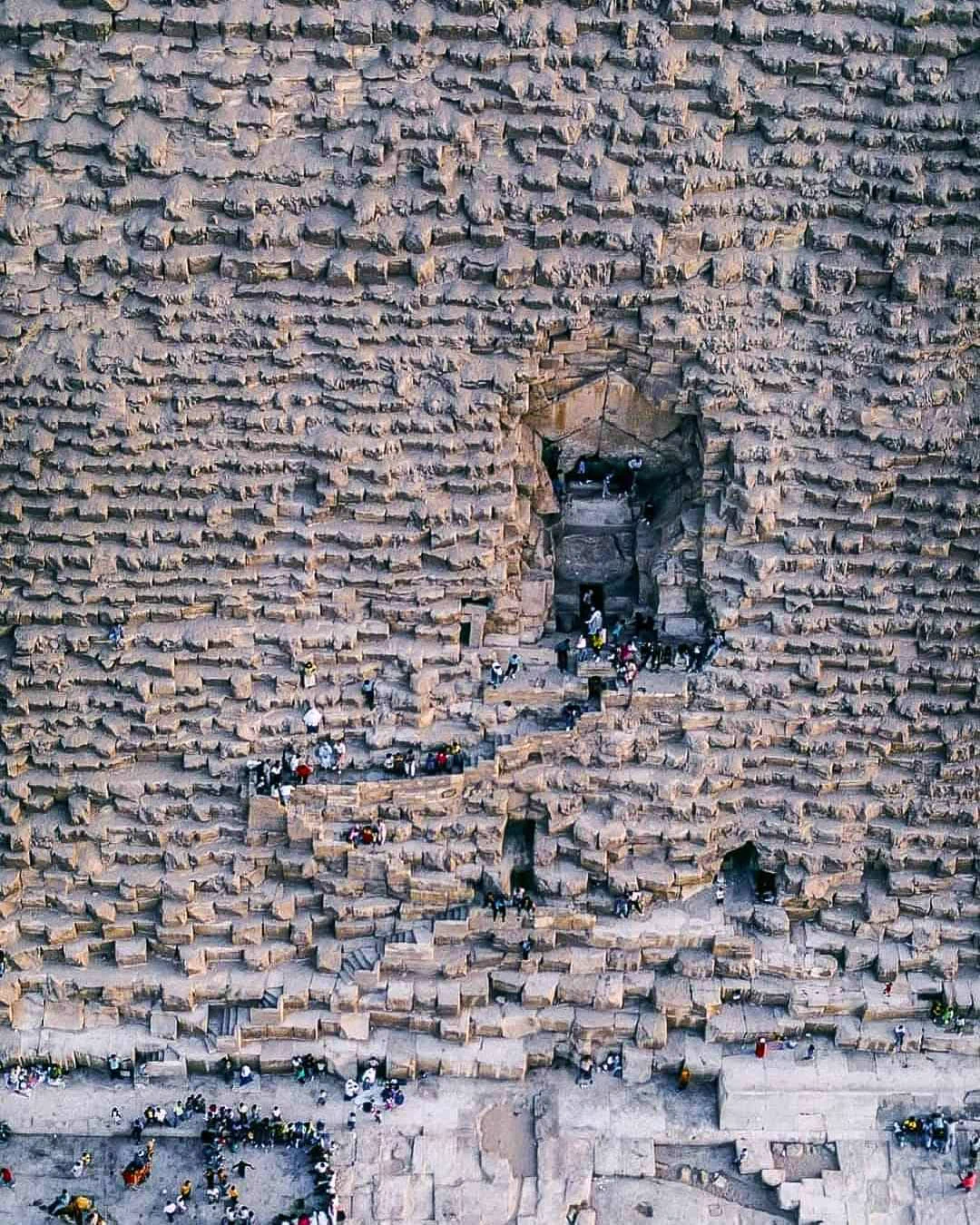
The ancient crocodile skin armor from Roman Egypt is a truly unique artifact that captures the fusion of Roman military tradition and Egyptian symbolism. Dating back to 3rd Century AD, during the Severan dynasty this ceremonial armor highlights not only the ingenuity of its craftsmanship but also the significance of the crocodile as a powerful symbol in Egyptian culture. The use of crocodile skin, a tough, exotic material—suggests that this armor was likely reserved for ceremonial purposes rather than battle. Crocodiles were deeply associated with Sobek, the Egyptian god of strength, fertility, and the Nile River. By incorporating crocodile skin into armor, the wearer would have projected an image of power, dominance, and divine protection, linking themselves to the natural and spiritual forces of the region. The intricacy of the armor’s construction demonstrates the high level of craftsmanship in Roman Egypt, where local traditions often merged with Roman tastes. The Severan dynasty was a period of cultural integration, and this armor reflects how Roman rulers embraced and reinterpreted the iconography and materials of the provinces they governed. Now housed at the British Museum, this remarkable artifact provides a rare glimpse into the ceremonial practices and visual language of Roman Egypt. It stands as a testament to the cultural and artistic blending that defined the Roman Empire’s provinces, where local traditions were incorporated into the empire’s grander narrative of power and control. The armor remains a striking reminder of how art and symbolism were used to convey authority and status in antiquity. #drthehistories#
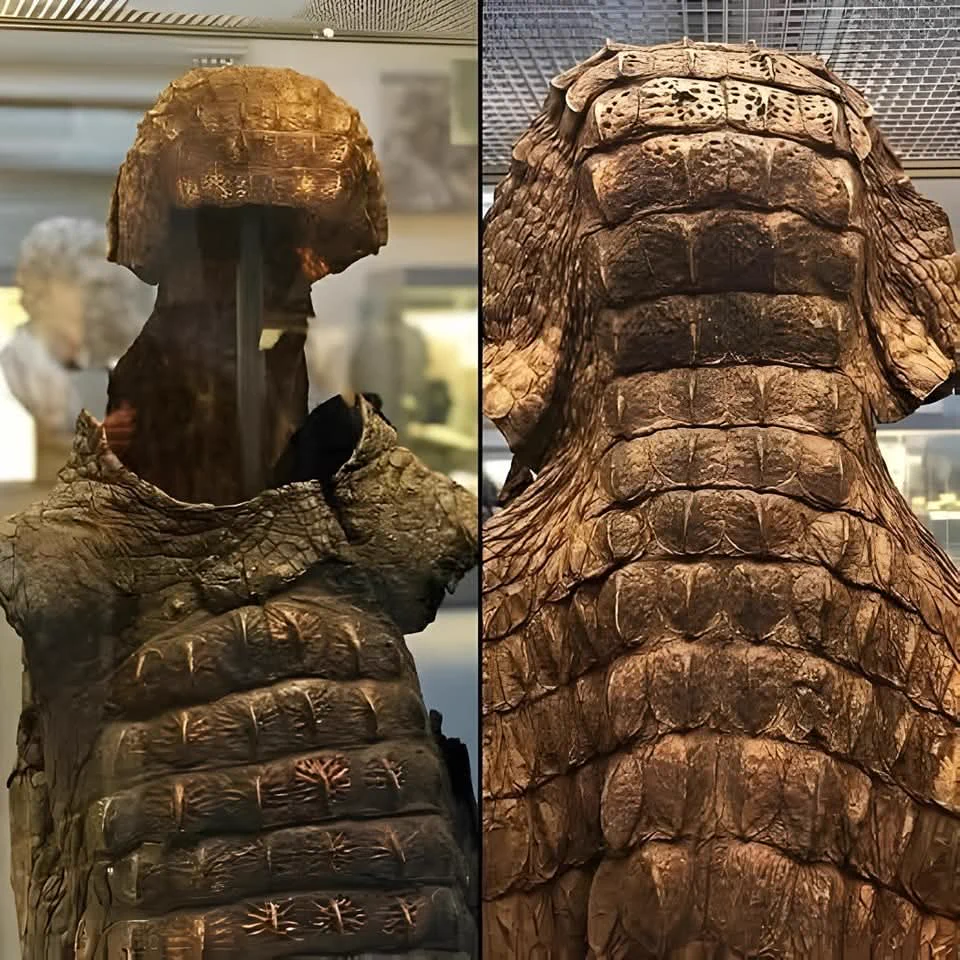
‼️Guest Announcement‼️ Our first Guest of Honor announcement for TsumiCon Las Vegas 2025, @monhannoero (Non) Internationally renowned gyaru cosplayer, Non, brings Egyptian gods to life with her stunning features, earning admiration worldwide. Her unique style and magnetic presence are bound to leave you even more enchanted in person! Get the chance to meet Non at TsumiCon! Link in Bio for tickets Or Visit the link below! >>

Deir el-Medina Room - Egyptian Museum of Turin, Italy 🇮🇹 The room is dedicated to the finds from the site of Deir el-Medina (near today's Luxor), the ancient village where the workers and artisans who built the Valley of the Kings lived. Its a space that well represents the ways of life, daily habits and customs of the common people at the time of the great pharaohs. 📷 : This small ostrakon, a fragment of limestone dating back to the New Kingdom, depicts a dancer. Captured in the movement of the dance, with her body softly arched backwards, while her long hair harmoniously touches the ground, she is decidedly far from the rigid poses we know of the ancient Egyptians. #archaeohistories#

Can I be you Egyptian fantasy? 听说最近流行埃及摇,人已经在埃及,怎么摇 🤔 投稿📪 @ToBulma @ToBulaer @BulmaList @KawasawaSen


Missing when I dressed like Egyptian Goddess 👑 📢埃及摇预告来啦! 美臀你看很多,可是宝贝… 这么优秀的腘绳肌你见过吗? 投稿📪 @ToBulma @ToBulaer @BulmaList @KawasawaSen

‼️STRIKING‼️ #MaestroClaudio# proudly presents the director’s cut teaser of the fantastic video featuring amazingly #pretty# #Egyptian# #Queen# @robbinrosexxx with @Mrpeepeepistol coming to in a few hours 🔥🔥🔥 👉 👉 👉 🤩🤩🤩👏👏👏😍😍😍 @PervCity_com @dpdiva_com @BTS_Jackk @bsgpr

‼️The fantastic video featuring amazingly #pretty# #Egyptian# #Queen# @robbinrosexxx with @Mrpeepeepistol is playing on NOW 🔥🔥🔥 👉 👉 👉 🤩🤩🤩👏👏👏😍😍😍 @PervCity_com @dpdiva_com @BTS_Jackk @bsgpr




